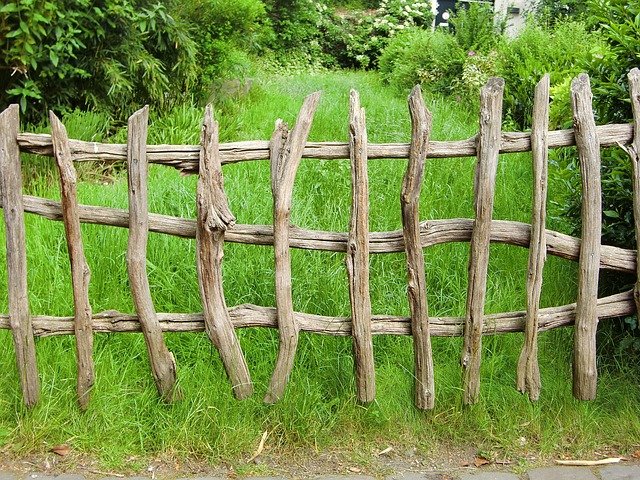New Bedford, Massachusetts, boasts a rich architectural heritage that includes diverse ornamental fencing styles. This article explores the historical evolution of fencing in the city, highlighting its transition from functional barriers to decorative accents. We delve into popular ornamental styles, from Victorian-inspired designs to contemporary options, offering a visual treat for residents and visitors alike. Additionally, we provide insights on local regulations, installation tips, and maintenance practices to ensure your New Bedford fence complements the area’s unique character.
- Historical Overview of Fencing in New Bedford
- Popular Ornamental Fencing Styles
- Local Regulations and Installation Considerations
- Maintaining Your Ornamental Fence
Historical Overview of Fencing in New Bedford
New Bedford, Massachusetts, boasts a rich history when it comes to fencing, reflecting its development over centuries. The city’s earliest settlers brought with them traditional European fencing styles, which evolved into distinctive local patterns. In the 19th century, as New Bedford thrived as a bustling port town, ornamental fencing became an integral part of urban planning and property demarcation. Crafted from various materials, including wood, iron, and later, aluminum and vinyl, these fences were not just functional but also artistic expressions.
The architectural landscape of New Bedford features a diverse range of fencing styles, each telling a story. From Victorian-era designs with intricate pickets to more modern, minimalist ironwork, the city’s fencing reflects its cultural heritage and evolving aesthetics. Today, many original fencing structures stand as silent witnesses to the town’s history, while new installations pay homage to this legacy, ensuring that New Bedford continues to showcase its unique ornamental fencing styles.
Popular Ornamental Fencing Styles
In New Bedford, MA, several ornamental fencing styles have gained popularity for their aesthetic appeal and functional benefits. Wrought iron fences are a timeless classic, known for their elegant curves and intricate designs. These fences not only add a touch of sophistication to any property but also offer durability and security. Their versatility allows them to be customized with various patterns and styles, making each fence unique.
Another favored option is the wooden picket fence, which evokes a sense of nostalgia and charm. These fences are often seen in residential neighborhoods for their classic beauty and the feeling of warmth they bring to a home. Picket fences can be tailored with different wood types, finishes, and height options to suit individual preferences. Modern trends also include aluminum fencing, which offers low maintenance alongside a sleek, contemporary look, making it an ideal choice for those seeking a low-upkeep yet stylish option.
Local Regulations and Installation Considerations
When considering ornamental fencing in New Bedford, MA, it’s crucial to familiarize yourself with local regulations and permit requirements. Different neighborhoods have distinct guidelines regarding fence height, materials, and design, which can impact your choices. Check with the local building department to understand the specific rules applicable to your property before initiating any installation projects.
Installation considerations extend beyond regulations. Property lines, existing vegetation, and nearby structures should be taken into account to ensure a seamless and aesthetically pleasing fence. Professional installers can provide valuable insights into navigating these challenges, ensuring your ornamental fencing not only meets code but also enhances the curb appeal of your New Bedford property.
Maintaining Your Ornamental Fence
Maintaining your ornamental fence in New Bedford, MA is an important task to ensure its longevity and aesthetic appeal. Regular cleaning is key; removing leaves, dirt, and debris will prevent buildup that can stain or damage the fence’s finish. A soft-bristled brush and garden hose are usually sufficient for this purpose.
For more stubborn stains, consider using a mild soap solution and a sponge or cloth. After cleaning, reapply any necessary coatings or paints to protect the fence from the elements. This could be done annually or as needed, depending on the material and exposure to sunlight. Regular inspection is also crucial; look for signs of wear, rot, or damage, addressing issues promptly to prevent further complications.
